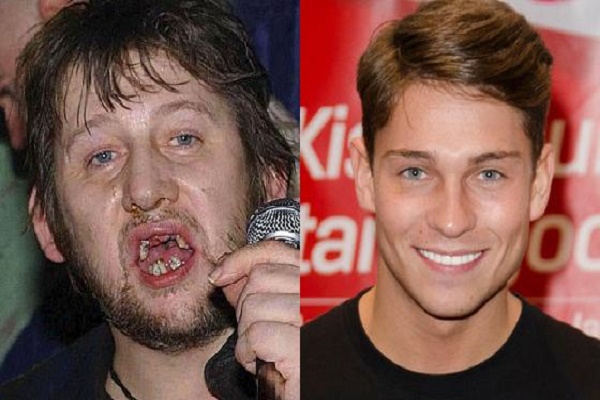There are any amount of whitening products on the market. From toothpastes, to rinses, strips, and gels. Today we want to give you an idea of what is out there and more to the point what exactly it can do for you to achieve a whiter smile.
Whitening Toothpastes
All toothpastes help remove surface stains, because they contain mild abrasives. Whitening toothpastes can help remove surface stains only and do not contain bleach.
Non peroxide Whitening Strips & Gels
Non peroxide whitening strips & gels are widely available in Ireland in various retail outlets. They normally contain active ingredients such as sodium chlorite or sodium bicarbonate. Some products are quiet good, and work great as a maintenance product if you get your teeth whitened professionally. They are perfectly safe to use.
Peroxide Whitening Strips & Gels
In Ireland Whitening products may legally contain 0.1% peroxide for sale to public or up to 6% is contained in products used by professionals (dentists).Therefore the over the counter product is not going to be reaping impressive results overnight with 0.1% peroxide. If you attend your dentist results will be better. There are also some products out there available via popular internet sites containing high levels of peroxide which we would not recommend doing. Remember these products are not recommended by the Irish medicines board, however the feedback we received is that there is a lot of people using these products.
How Long Do Whitening Effects Last?
Teeth whitening is not permanent. People who expose their teeth to foods and beverages that cause staining may see the whiteness start to fade in as little as one month. Those who avoid foods and beverages that stain may be able to wait one year or longer before another whitening treatment or touch-up is needed.
The degree of whiteness will vary from individual to individual depending on the condition of the teeth, the level of staining, and the type of whitening system used.
Risks
Anyone allergic to peroxide (the whitening agent) should not use a bleaching product. Bleaching is not recommended in children under the age of 16. This is because the pulp chamber, or nerve of the tooth, is enlarged until this age. Teeth whitening under this condition could irritate the pulp or cause it to become sensitive.
Teeth whitening is not recommended for pregnant women.
However as above non peroxide products are perfectly safe.
Cavities need to be treated before undergoing any whitening procedure. This is because the whitening solutions penetrate into any existing decay and the inner areas of the tooth, which can cause sensitivity. Also, whitening procedures will not work on exposed tooth roots, because roots do not have an enamel layer.
Fillings, crowns, and other restorations. Tooth-colour fillings and resin used in dental restorations (crowns, veneers, bonding, bridges) do not whiten.
Unrealistic expectations. Individuals who expect their teeth to be a new “blinding white” may be disappointed with their results.
Risks Associated With Peroxide Whitening
The two side effects that occur most often with teeth whitening are a temporary increase in tooth sensitivity and mild irritation of the soft tissues of the mouth, particularly the gums. Both of these conditions usually are temporary and disappear within 1 to 3 days of stopping or completing treatment.
Mavericks Recommended Steps to Whitening:
1. Get a professional clean done by your dentist. Consult them on the whitening service they can provide.
2. Decide whether to use professional service by your dentist or if home treatment will suffice.
3. If going for home treatment, purchase a kit with trays that can be molded to suit your teeth & gums.
4. Be consistent and complete full treatment.
5. Avoid foods/drinks that will stain teeth.
6. Use a non peroxide whitening kit to maintain your new look!
So now gents you know what you have to do to ditch the Shane McGowan look and get the Joey Essex look!









